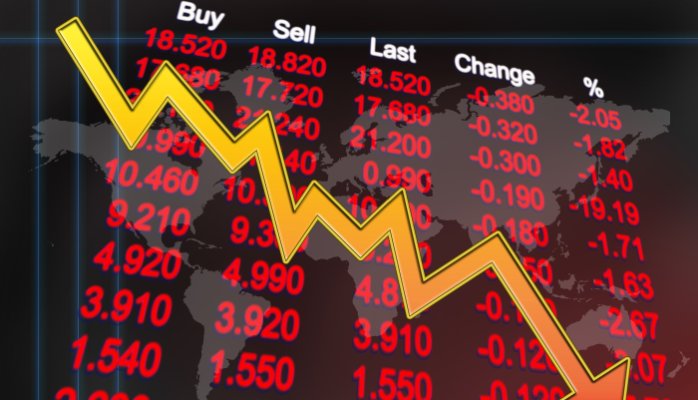Emotions affect our behavior, more than many of us like to admit. With so much riding on our behavior in a consumer economy, understanding these emotions and how they influence consumer behavior is a key to increasing customer loyalty and retention in our highly competitive market.
One emotion customers feel that no one can afford to ignore in their Customer Experience is worry. How powerful is worry? Powerful enough to cost Apple nearly $60 Billion in value last week.
Last week billionaire Carl Icahn sold his Apple stock, to the tune of $2 Billion. Why? He was worried about the effect of the economic shift in China on Apple’s value. His worries now have nearly everyone wondering if they should be worried about it, too, not to mention the value of that Apple stock around which they have been planning their retirement.
Apple’s stock that was already down following the disappointing iPhone sales reports the week prior dropped another 10% on April 28th, which decreases their value by $56 billion. Although much of that stock was picked up by the market following Icahn’s dump, their value as of closing on April 29th was still down.
How Worry Affects Our Thinking
How you feel affects what you do. This concept has to do with how our brains work. We humans have two types of thinking, intuitive (which is emotional) and rational (which is logical). These two ways of thinking were examined and explained thoroughly by Daniel Kahneman in his book Thinking Fast and Slow.It turns out that these two modes of thinking interact all the time and control what we do throughout our day. Intuitive thinking is fast, meaning quick to access and make decisions; Rational thinking is slow, meaning harder to access and slow to make decisions.
Worrying happens in these cognitive processes also. According to the NYU neuroscientist, Joseph LeDoux, these connections are solid. His book, The Emotional Brain: The Mysterious Underpinnings of Emotional Life, discusses the affect human emotions have on our brain and how these mechanisms affect our behavior. In many ways, he explained, they help us survive—and the connections between emotions to our cognitive system is stronger than the connections from our cognitive system to our emotions. In other words, our feelings affect our rational side WAY more than our rational side affects our feelings.
Worry Destroys Value, and Ignoring It Destroys Your Customer Experience
Worry is an emotion that we feel when we are scared or perceive a threat to our well-being. Also, according to our research (and Apple’s experience last week), worry is an emotion that destroys value. In our Hierarchy of Emotional Value graphic as part of our Emotional Signature research, you see “stressed”, worry’s close cousin, is included in the destroying cluster of emotions, which refers to the destroying of value (aka, $$$).
As Customer Experience consultants, we look closely at how our client’s customers feel when they enter an experience. This emotional state can affect the outcome of your Customer Experience if you don’t address it. One of the places this is most evident is in the call center.
We worked with an insurance company on this issue years ago. We were doing aCustomer Mirror, a service where our consultants walk the experience as if we were a customer to reveal the different moments that exist in a current Customer Experience. As part of this mirror, we crashed a car into a tree and then called in to make a claim.
Have you ever crashed your car? Did you feel stressed afterward, maybe even worried about what had just happened? Exactly. An accident is a difficult emotional moment in one’s life.
We quickly identified the negative way an experience makes you feel when you don’t acknowledge how someone feels coming into the experience. The call center at the insurance company showed ZERO concern for our well-being. They didn’t recognize the fact that we had just crashed our car and might be injured or upset. No, instead they asked our consultant for his policy number straightaway. This moment was just the first we identified in the overall experience that was less than satisfactory. (The insurance company later changed up their Customer Experience based on our recommendations to great effect and improvement.)
Worry is a powerful emotion. It can make us upset when we crash our car and it can cause us to make rash decisions about our investments. We all worry. Apple investors right now are worried. Your customers worry, too. Your job is to help them stop worrying and start feeling more positive emotions.
To find out more about your Customers’ emotions and improve your Customer Experience read our latest ebook: Unlocking the Hidden Experience
LinkedIn followers get your 50% discount with promo code Hidden50.
If you enjoyed this post, you might be interested in the following blogs:
Negative Emotions & Their Positive Effect
How to Measure Customer Emotions
Colin Shaw is the founder and CEO of Beyond Philosophy, one of the world’s leading Customer experience consultancy & training organizations. Colin is an international author of five bestselling books and an engaging keynote speaker.
Follow Colin Shaw on Twitter & Periscope @ColinShaw_CX


